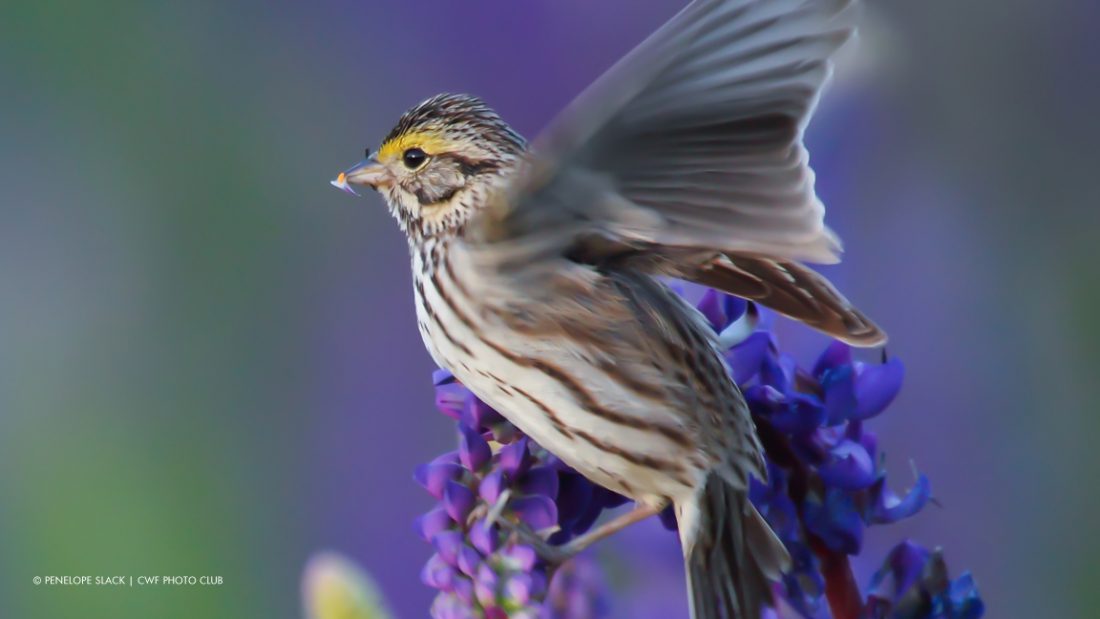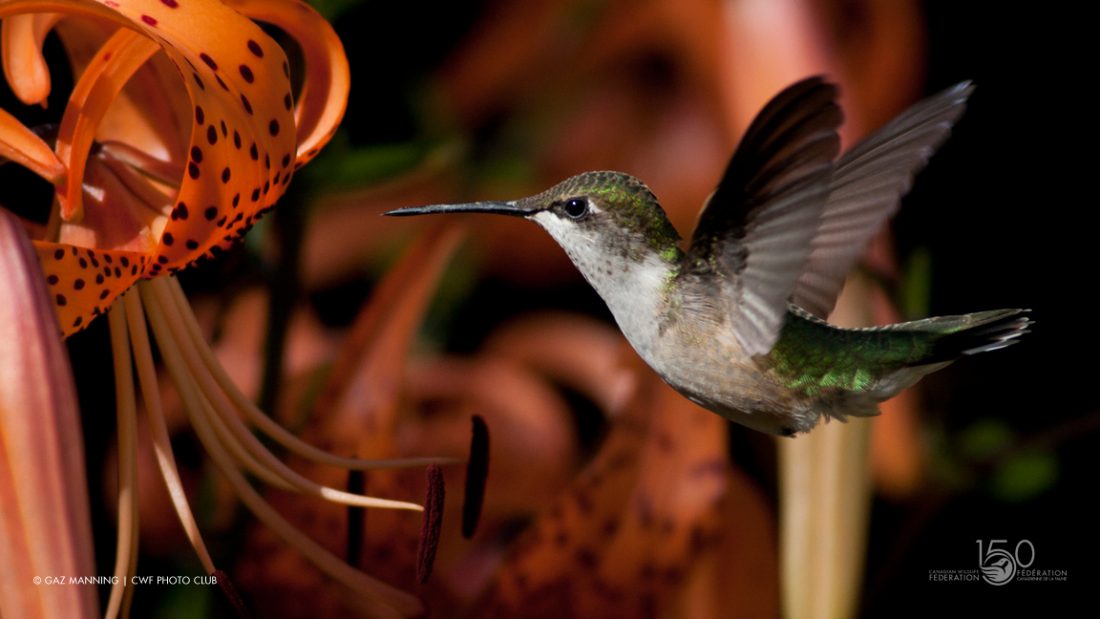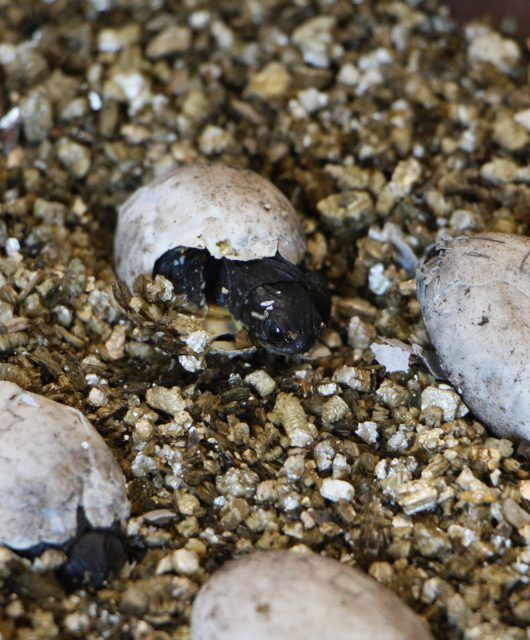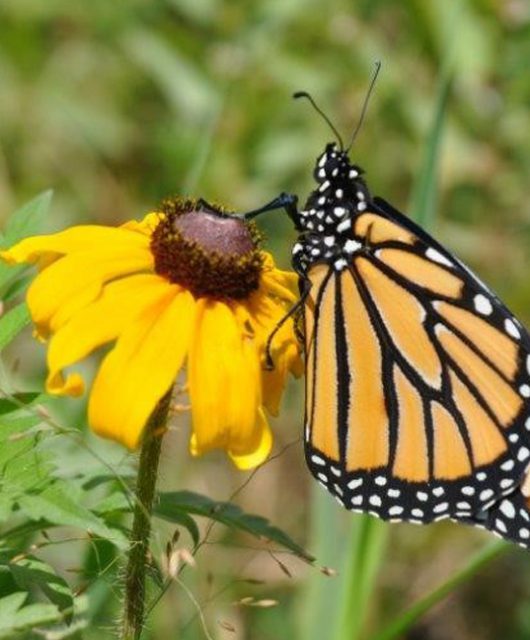Did you know that public plays an important role in bird conservation?
Having Canadians who care about birds has been central to building our knowledge, implementing conservation programs and keeping governments engaged. The future of bird conservation depends on your continued efforts! In honour of Migratory Bird Day this year, let’s look at six ways that you can help migratory birds.
1. Log bird sightings with iNaturalist
The iNaturalist app allows anyone in Canada to make a contribution to citizen science. You don’t need a degree in biology or experience in conservation. No matter your background, conservation researchers are leaning on you to help. By having Canadians across the country add observations to iNaturalist, conservation researchers have access to more data over a larger geographical area. This gives them more time to focus on the data – with more of it at their fingertips they can figure out what’s going on with specific species and sub species, and how these animals are faring in one area compared to another.

2. Participate in a bird survey
You can be a citizen scientist by participating in a bird survey. There’s one for every skill level, including Christmas Bird Counts, breeding bird atlases, the Breeding Bird Survey, and monitoring programs for individual species like the Chimney Swift or groups such as water birds.
3. Keep your cat indoors
Imagine the hazards of being a bird that has migrated hundreds or thousands of kilometers. Aside from exhaustion, other hazards include colliding with a building or, even more likely, being caught and killed by a predator. Each year in Canada, domestic cats kill approximately 200 million birds. Talk about a cat-astrophe!
If you own a cat, consider keeping it indoors for its own safety and to reduce the risk to birds. If you have an outdoor cat and are having difficulty converting your cat to be indoors, consider installing a screened-in cat patio or attaching a bib to your cat’s collar. This will reduce the chance that your cat will catch a bird.
4. Reduce window collisions
Bird collisions with windows are a leading cause of bird death across Canada – careening into windows at speeds as high as 50 km per hour, birds often die upon impact due to the resulting brain damage. Each year, about 25 million birds are killed by colliding with windows in Canada. One of the best things you can do at home is add markers to your windows so birds can distinguish between a window reflection and the real thing.
Visit our website for more ways to reduce window collisions.

5. Create bird-friendly habitat
Billions of birds rely on the boreal forest, but they are gradually disappearing as we carve up forests for logging, farming, roads, and human habitations. This fragmentation decreases the distance between a forest’s edge and its interior, making songbird nests more vulnerable to predators. At the same time, cavity-nesting birds are having a harder time finding shelter because of the decreasing availability of hollow trees.
While large areas of habitat are important, small natural spaces also benefit birds. The Hinterland Who’s Who website has tons of habitat projects that you can explore, as well as tips for attracting different bird species to your backyard. Plus, our pollinator plant kits were designed specifically to attract songbirds and hummingbirds to your garden.
6. Avoid using harmful pesticides
Chemical pesticides are often used unknowingly by Canadians in products such as outdoor paints and wood preservatives, disinfectants, and flea collars. These pesticides can kill birds directly, poison them without killing them directly, or affect them by reducing their food or habitat resources. In Canada, more than 30 registered pesticides can poison wild birds. As you plan your outdoor projects, make sure to do your research to avoid using harmful pesticides.
And that’s just a start. There are more ways to support migratory bird conservation, and we want to hear from you. What can you do today to help migratory birds? Comment below or send us a tweet @CWF_FCF with the hashtag #BirdDay.
This blog post was compiled with information from Hinterland Who’s Who, a program that is run by the Canadian Wildlife Federation with support from Environment and Climate Change Canada. Visit hww.ca to learn more about migratory birds.




3 comments
I like this list and was wondering if I could use it on interpretive signs in our community, with a link to this website….
Of course! Please feel free.